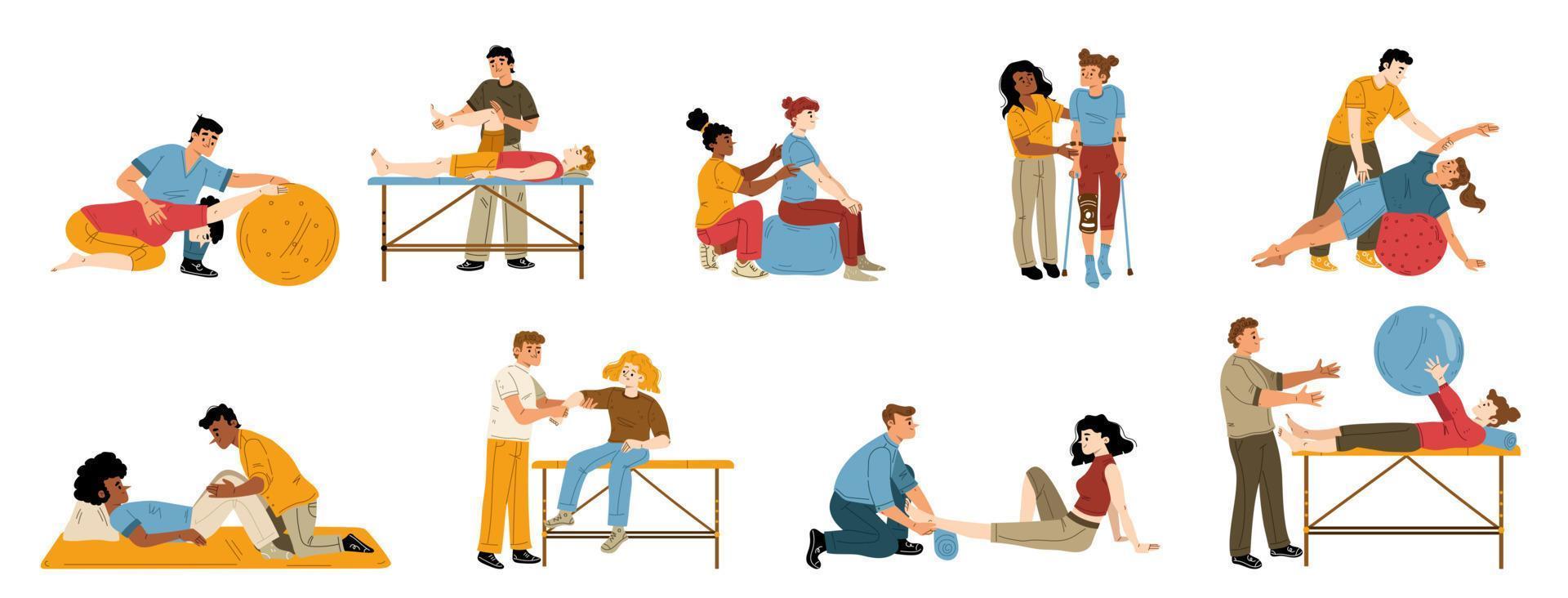
One of the primary advantages of self-monitoring is heightened accountability. When people monitor their actions, they are increased likelihood to stay dedicated to their health goals. For instance, writing down meals consumed or workouts finished can create a sense of responsibility. This accountability can be additionally enhanced by communicating progress with friends or loved ones. Support from others can motivate people to stick to their strategies and encourage them during challenging times. As a result, self-monitoring can lead to a stronger commitment and a greater likelihood of reaching desired outcomes.
Self-monitoring also promotes self-knowledge. By consistently reflecting on one’s actions, individuals can recognize cues that lead to unhealthy decisions. For example, someone might realize that they tend to graze more when they are anxious. Acknowledging these habits enables individuals to develop strategies for coping with challenges. They might choose to engage in physical activity instead of reaching for unhealthy snacks during stressful times. This enhanced self-understanding can be motivating, allowing people to regain control of their well-being and implement positive changes.
In furthermore, using technology can improve the self-monitoring procedure. Many applications and gadgets are accessible that assist track exercise, diet consumption, and post surgical physical therapy additional pertinent metrics. These resources provide simple entry to data about one's advancement over period. Graphing this data can be inspiring, as people can see how far they have progressed. The use of digital resources also enables for personalization of fitness plans, making it easier to set realistic goals based on personal preferences and lifestyles. As innovation continues to advance, it offers greater possibilities for people to participate in efficient self-monitoring.
Finally, self-monitoring can lead to lasting behavior change. By consistently tracking habits and making adjustments based on insights, people can cultivate better ways of living. This sustained methodology promotes people to consider critically about their choices and fosters a check that mindset geared towards continuous improvement. As modifications become embedded in everyday practices, individuals are more likely to maintain their progress. In conclusion, self-monitoring can change not only fitness well-being but also overall well-being, making it an invaluable tool for anyone on a path to improved wellness.